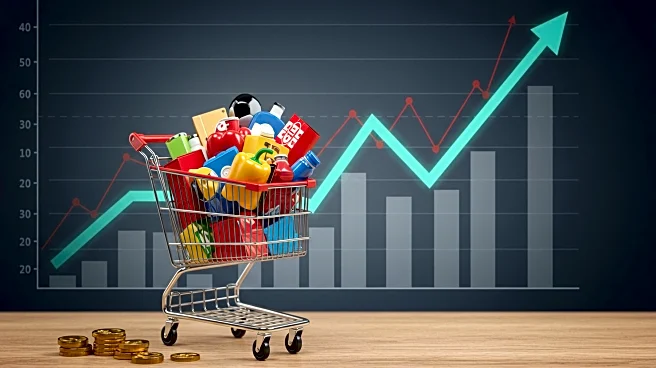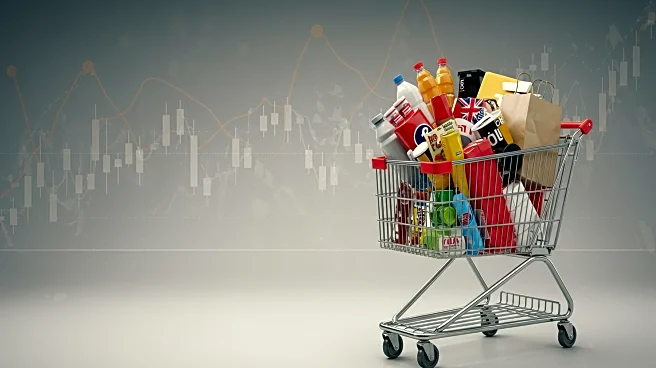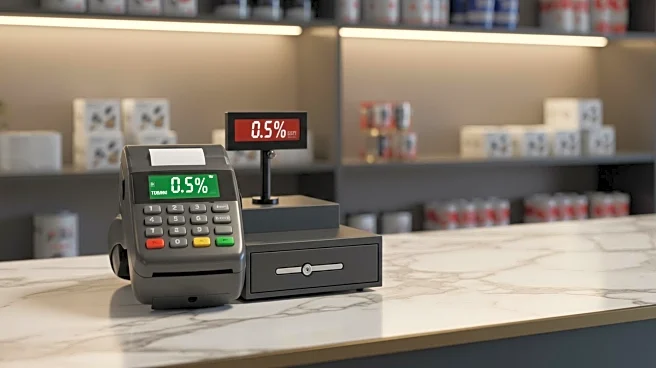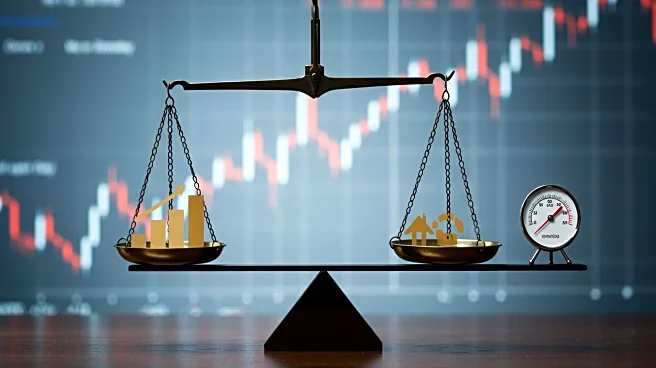What's Happening?
American consumers are maintaining their spending habits despite concerns over inflation and President Trump's tariffs. Unemployment remains low at 4.2%, allowing consumers to continue spending and saving. Businesses have managed to mitigate the impact of tariffs through strategic maneuvers, such as delaying inventory orders and negotiating cost-sharing with suppliers. Consumer sentiment has declined, but this has not significantly affected purchasing behavior. Retail sales increased by 0.5% in July, with notable gains in car dealerships and furniture stores. The resilience in consumer spending is crucial as it contributes approximately 70% of the U.S. economic output.
Why It's Important?
The continued consumer spending is vital for the U.S. economy, as it drives corporate profits and stock prices. Despite the potential inflationary pressures from tariffs, businesses have successfully kept consumer inflation in check. This spending behavior supports employment levels, preventing layoffs and maintaining economic stability. However, the sustainability of this spending is uncertain, as the Producer Price Index indicates rising costs for businesses. The situation underscores the importance of consumer behavior in economic forecasting and the potential challenges posed by trade policies.
What's Next?
Businesses may face increased pressure from rising supplier costs, potentially affecting consumer prices in the future. The impact of tariffs on inflation remains uncertain, and consumer sentiment could further decline if economic conditions worsen. Companies will need to continue adapting to trade policy changes to maintain stability. Monitoring consumer spending patterns will be crucial for predicting economic trends and potential shifts in employment rates.
Beyond the Headlines
The strategic responses by businesses to tariffs highlight the adaptability of the U.S. economy in the face of policy changes. The situation raises questions about the long-term effects of trade wars on consumer prices and economic resilience. The interplay between consumer sentiment and actual spending behavior offers insights into economic psychology and the factors influencing financial decisions.











